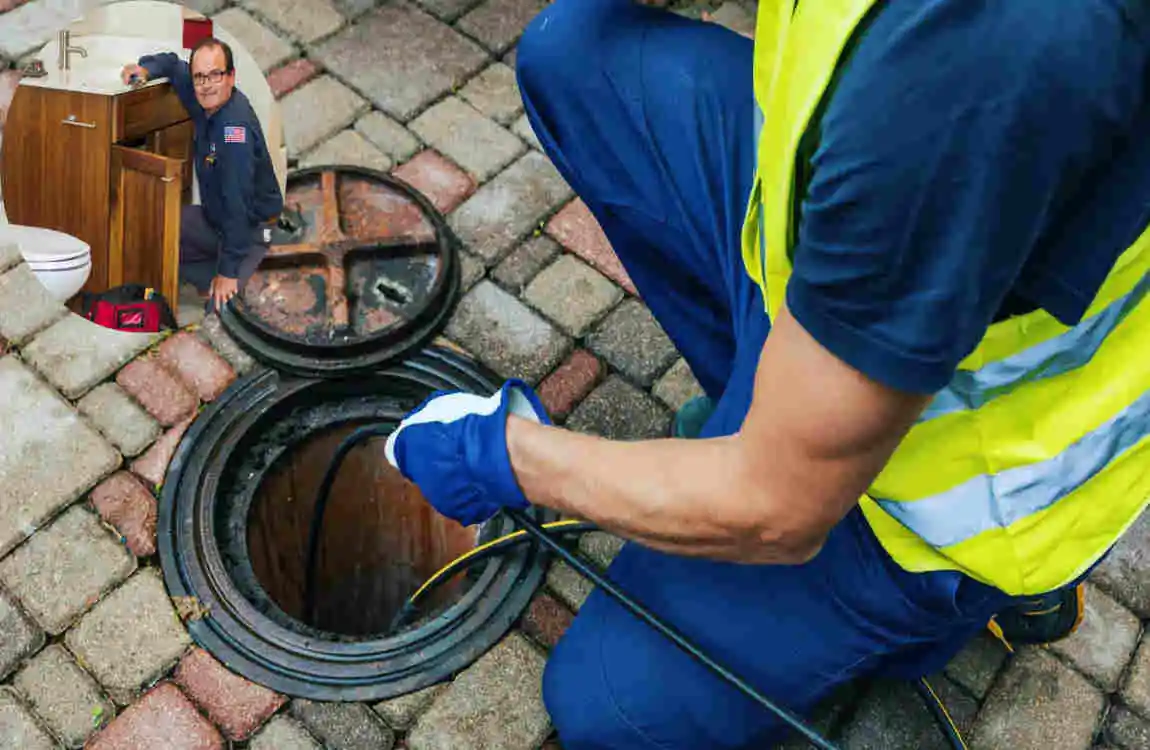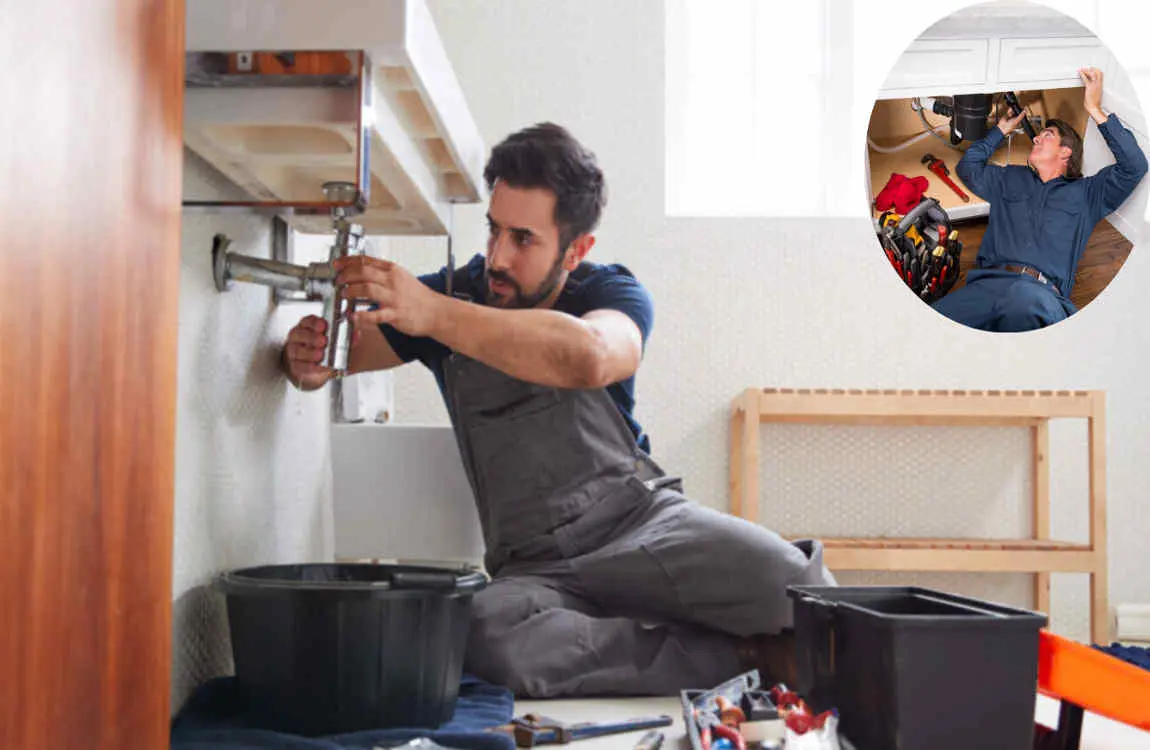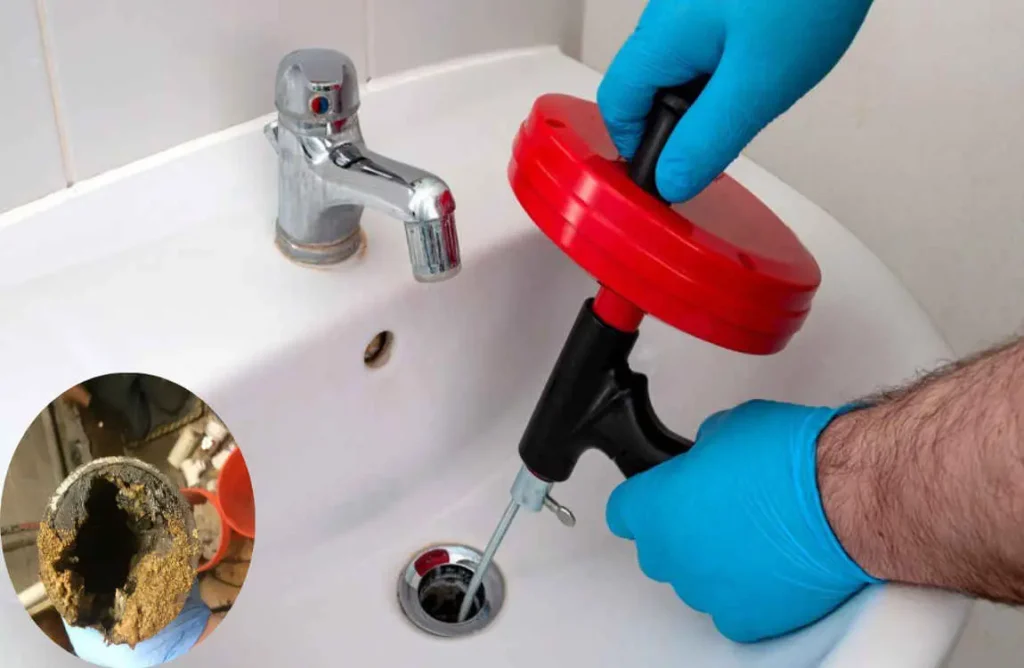Unclogging water lines in a house is essential to maintain proper water flow and prevent damage or inconvenience. It involves identifying the blockage, using appropriate tools or methods to clear the clog, and ensuring the pipes are free from debris or buildup. Common techniques include using plungers, drain snakes, chemical cleaners, or natural solutions, depending on the severity and location of the clog. Proper maintenance helps avoid costly repairs and keeps the home’s plumbing functioning smoothly.
Understanding the Causes of Clogged Water Lines

Clogged water lines can stem from a variety of issues, often lurking beneath the surface. One common culprit is mineral buildup. Hard water deposits accumulate over time, narrowing pipes and restricting water flow.
Another frequent cause is debris. Accumulated food particles, soap scum, and hair can create blockages—especially in kitchen sinks and bathroom drains. These materials combine to form stubborn clogs that resist simple solutions.
Tree roots are also known troublemakers. They seek out moisture and can infiltrate underground pipes, leading to serious obstructions that disrupt your plumbing system’s function.
Aging or damaged pipes contribute significantly to this issue. Corrosion or cracks allow sediment to enter the lines, causing further complications down the road. Understanding these factors helps homeowners take proactive steps before minor inconveniences escalate into major problems.
Signs of a Clogged Water Line
A clogged water line can manifest in several noticeable ways. One of the first signs is a decrease in water pressure. If you’re accustomed to a strong flow and suddenly notice it dribbling, something might be amiss.
You may also read (how to read a riser diagram for home plumbing).
Another red flag is discolored water. Rusty or brown hues could indicate sediment buildup inside the pipes, suggesting they’re blocked.
You may also hear unusual sounds when running water, such as gurgling or bubbling noises. These sounds often signal air trapped within your plumbing system due to an obstruction.
If you experience frequent backups or slow drains in multiple fixtures, your main water line has likely encountered a problem that needs immediate attention. Recognizing these signs early can save you from more extensive repairs down the road.
Preventing Clogged Water Lines
Preventing clogged water lines starts with mindful habits in your home plumbing. Be conscious of what goes down the drain. Avoid disposing of grease, food scraps, or hair into sinks and toilets.
Regular maintenance is key. Flush your pipes occasionally using hot water or a vinegar solution to break down buildup. This simple practice can keep clogs at bay.
Install strainers over drains to catch debris before it enters the plumbing system. It’s an inexpensive fix that saves time and money on repairs.
Check for leaks and corrosion around fixtures regularly. Addressing these issues early can prevent serious blockages later on.
Know where your main shut-off valve is located. In case of an emergency, swift action can minimize damage caused by a significant clog or leak.
Simple DIY Solutions for Unclogging Water Lines

If you’re facing a clogged water line, there are several simple DIY methods to try before calling in the pros. One effective solution is using a plunger. This tool creates pressure that can help dislodge blockages, especially in sinks and toilets.
Another option is baking soda and vinegar. Pour half a cup of each down the drain, let it sit for about 30 minutes, then flush with hot water. The reaction can break down minor clogs caused by grease or soap buildup.
For more stubborn obstructions, consider using a plumber’s snake. This flexible tool can reach deep into pipes and remove debris effectively.
Boiling water may work wonders on minor clogs from grease accumulation. Just be cautious with plastic pipes; they might not handle high temperatures well.
Try these methods first—you might be surprised at how easily your clog resolves!
Professional Help: When to Call a Plumber
Sometimes, the DIY approach just doesn’t cut it. If your attempts to unclog water lines have failed, it’s time to reach out for professional help.
Look for signs that indicate a more serious issue. Persistent low water pressure or multiple fixtures backing up could signal deeper problems in your plumbing system.
Don’t ignore unusual sounds coming from pipes—gurgling or hissing can mean air trapped in the line. These are hints that you may need an expert’s insight.
A plumber has specialized tools and knowledge to tackle stubborn clogs effectively. They can diagnose underlying issues that you might not even be aware of.
If you’re facing recurring blockages, consider this a red flag. Ignoring them can lead to costly repairs down the road, so getting professional assistance sooner rather than later is wise.
Cost of Unclogging Water Lines
The cost of unclogging water lines can vary widely depending on several factors. If you decide to tackle the problem yourself, expenses may be limited to purchasing tools or drain cleaners. A basic plumbing snake or chemical solution might only set you back $10 to $50.
When it comes to hiring a professional plumber, prices can increase significantly. Most plumbers charge an hourly rate that typically ranges from $75 to $150. However, if the clog is severe and requires advanced techniques, such as hydro jetting or camera inspections, costs could rise to between $300 and $800.
Keep in mind that additional fees may apply for emergency calls or after-hours service. Always ask for a detailed estimate before any work begins so you aren’t caught off guard by unexpected charges. Understanding these potential costs helps homeowners make informed decisions when dealing with clogged water lines.
You may also read (guide to melting temperatures of home plumbing solder).
